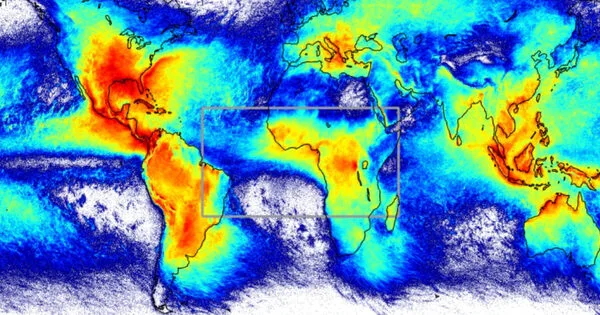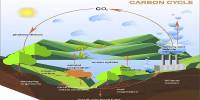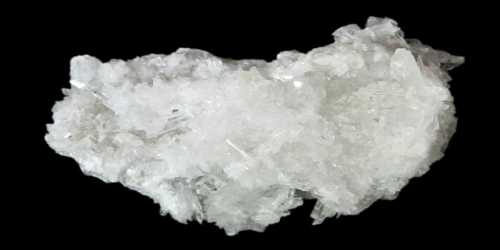Larger, coarse sea spray reduces lightning by up to 90%, whereas smaller aerosols increase lightning. Rainfall is also influenced by particle size. As the world grapples with the cataclysmic events associated with climate change, it is becoming increasingly important to have accurate climate models that can help predict what may lie ahead.
It was previously assumed that the rarity of lightning in ocean storms was due to cleaner air over the vast seas, but careful observations have revealed that even highly polluted air is associated with reduced lightning at sea when sea spray aerosols are abundant. The known effects of thermodynamics and aerosols can explain thunderstorm activity over land, but not over water.
We discovered a major cause for such a difference between ocean storms and those on land. The effect of aerosols on clouds has been underappreciated. It must be incorporated into models for better weather and climate prediction.
Professor Daniel Rosenfeld
Research at the Hebrew University of Jerusalem (HU)’s Institute of Earth Sciences, led by Professor Daniel Rosenfeld and his doctoral student Zengxin Pan, focused on the role of small particles (aerosols) in controlling the amount of rain and lightning produced by clouds. Their research has been able to explain why heavy ocean storms are accompanied by much less lightning than when a similar event occurs on land.
They identified that it is the larger, coarse sea spray that reduces the amount of lightning by as much as 90%, whereas smaller aerosols increase lightning. The size of particle also affects rainfall. Their work clearly shows that the role of aerosols in clouds needs to be incorporated in climate models.

Rosenfeld’s findings, published in Nature Communications, fill in the gaps in previous theories about what was responsible for the difference in lightning between land and ocean storms. It had always been assumed that the dearth of lightning in ocean storms was due to cleaner air over the ocean. However, keen observations had already shown that even highly polluted air is associated with reduced lightning at sea when sea spray aerosols are abundant.
The HU researchers in collaboration with scientists at Wuhan and Nanjing Universities in China, and the University of Washington, were able to use satellite imagery to track clouds over land and sea. This was combined with lightening measurements from the Worldwide Lightning Location Network (WLLN) and with data that provided information on the amount of aerosols in the clouds.
Fine aerosols were discovered to promote cloud electrification, just as they do over land, whereas coarse salt particles from ocean spray reduced lightning by weakening convection within clouds. The large particles were discovered to promote the precipitation of warm rain before cloud water could rise up and reach the levels required for super-cooling — a necessary step toward cloud electrification. This reduces the upward transfer of heat over the sea, affecting the amount of rainfall required to drive atmospheric circulation.
“We discovered a major cause for such a difference between ocean storms and those on land,” Rosenfeld explained. “The effect of aerosols on clouds has been underappreciated. It must be incorporated into models for better weather and climate prediction.”
















